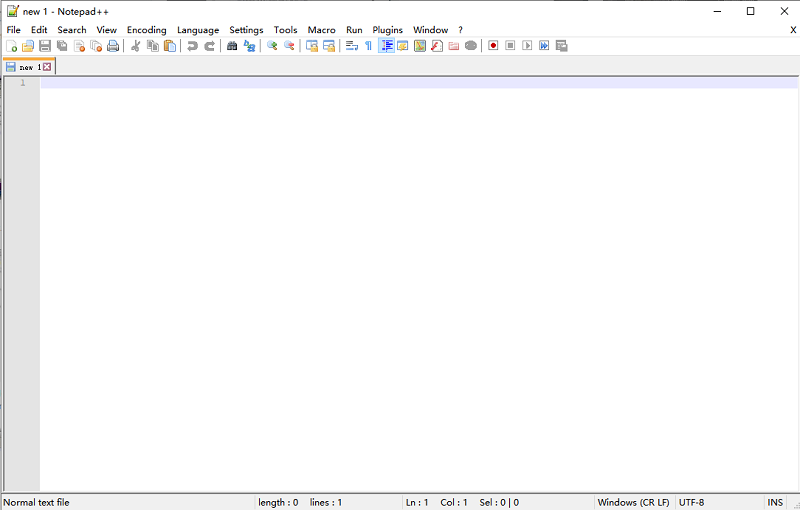

- #Outlook 2016 for mac for mac#
- #Outlook 2016 for mac install#
- #Outlook 2016 for mac archive#
- #Outlook 2016 for mac software#
- #Outlook 2016 for mac plus#
#Outlook 2016 for mac install#
The install package is used if you don't have the application already installed, while the update package is used to update an existing installation.

The build date is listed in parentheses, in a YYMMDD format, after the version number.
#Outlook 2016 for mac for mac#
The following table lists the most current packages for Office 2016 for Mac and for the individual applications, such as Word and Excel. Most current packages for Office 2016 for Mac
#Outlook 2016 for mac software#
If you're an admin and want to update the computers in your organization with your existing software deployment tools, you can download and deploy the update packages for each application. To use Microsoft AutoUpdate, start an Office application, such as Word, and then choose Help > Check for Updates. Updates for Office 2016 for Mac are available from Microsoft AutoUpdate (MAU). For release information for Office 2019 for Mac, see the release notes and update history for Office for Mac.
#Outlook 2016 for mac plus#
Lastly, plus multiple calendars can be now viewed side-by-side, which is a long-present Windows feature that brings the time-saving views to the Mac. Outlook 2016 users can also more easily propose new times for meeting invitations that don't work well with their schedule. Microsoft also states Outlook's search features are better, making it easier to find relevant information within email messages, calendar appointments, contacts, and even email attachments.
#Outlook 2016 for mac archive#
The online archive folder, available from the Outlook for Mac 2016 navigation pane, provides access to the archived messages, when required, while trimming the actual mailbox's size. Using the 2016 Outlook platform, Mac users can help maintain their mailbox size by moving messages they choose from their inbox to an online archive. The new preview window that displays briefly when new emails arrive now includes the message's first sentence below the subject line to help users determine the message's importance and whether a need exists to respond quickly. The new Outlook for Mac client also changes the way preview messages appear. By grouping the messages together, this information (and others' responses) can more easily and readily be accessed. Other recipients will edit or truncate previous responses, making it difficult to confirm previous statements or reference information included in earlier emails. Often times, numerous messages are exchanged within the same thread. Outlook 2016 for Mac automatically organizes the inbox around threaded conversations, thereby simplifying the process of locating related messages. The new 2016 version also includes improvements to threaded email conversations, in which messages possessing the same subject are grouped together. And as everyone in modern business environments can attest, the more quickly information is received, the faster it can be acted upon. While a few minutes' notification may seem unimportant, information arriving when the server receives the message or appointment rather than having to wait a predetermined period of time before checking for new messages and meetings makes for a more responsive application.

The new app adds push mail support, which means new inbound messages and calendar invitations will appear more rapidly within a user's inbox. The real question as to an office suite's refinement comes in the exploration of new features, of which Outlook 2016 boasts many. Outlook 2016 for Mac introduces a refreshed interface, which is normal, of course, for new Office applications. Much improved over Entourage days, Outlook has increasingly offered Mac users a more reliable email platform that's worked well within Microsoft Exchange environments, whether the Exchange server is located locally or of the cloud-based variety. Regardless of opinion, Outlook remains Microsoft's email client solution. Most users possess a love or hate relationship with Microsoft Outlook.


 0 kommentar(er)
0 kommentar(er)
